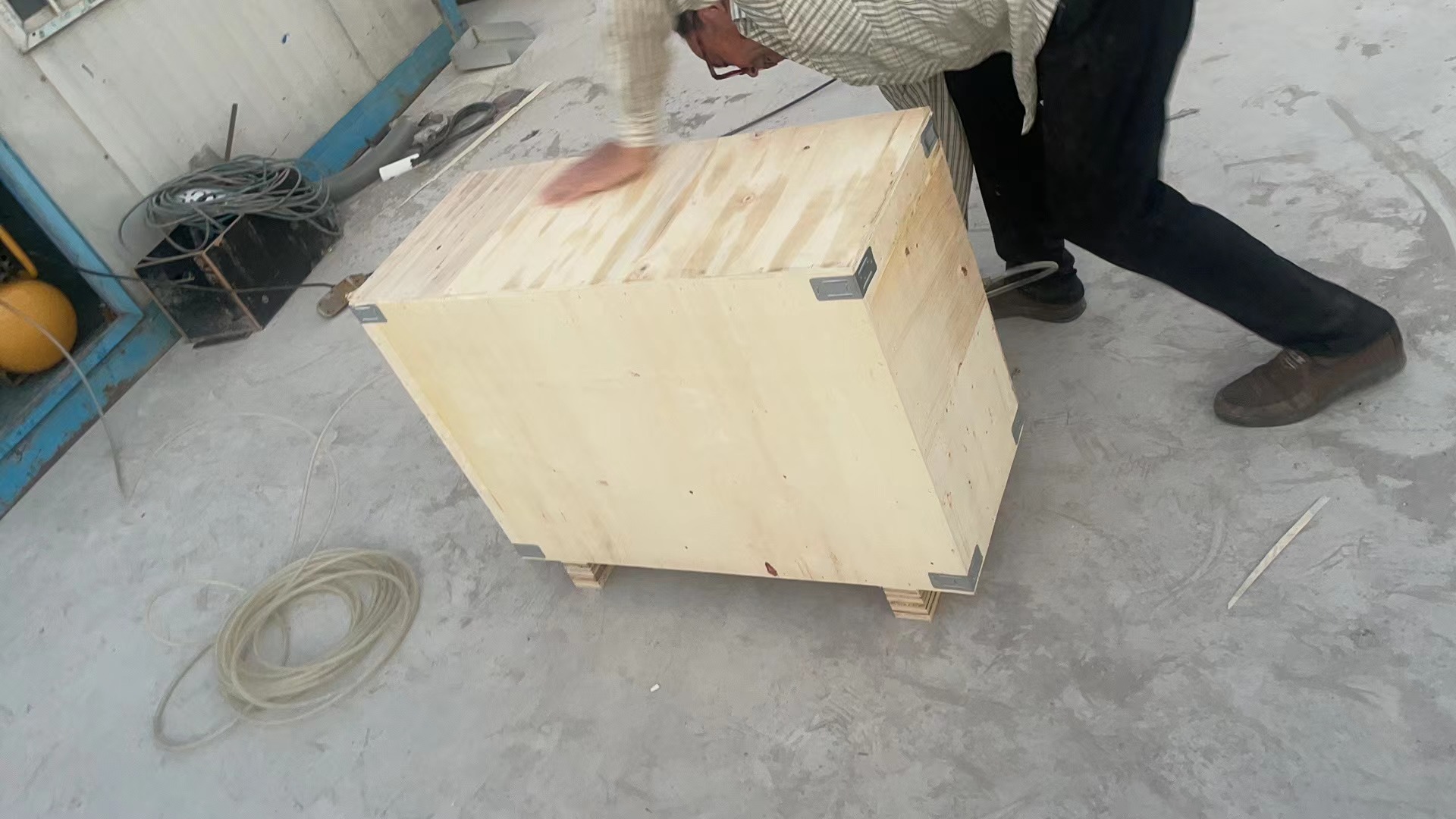fish feed processing machine
Oct . 13, 2024 17:00 Back to list
fish feed processing machine
The Evolution and Importance of Fish Feed Processing Machines
In the modern aquaculture industry, the efficient production of fish feed is paramount to ensuring the health and growth of fish populations. As the demand for fish continues to rise globally, particularly in regions where aquaculture plays a significant role in the economy, the equipment used for producing fish feed has evolved dramatically. Fish feed processing machines have become crucial in enhancing the efficiency and quality of feed production, ultimately contributing to sustainable fisheries and aquaculture practices.
Understanding Fish Feed Processing Machines
Fish feed processing machines are specialized pieces of equipment designed to manufacture feed specifically for various fish species. These machines are capable of performing multiple functions, including grinding raw materials, mixing ingredients, pelleting, and drying the finished product. The entire process is critical to ensuring that the fish receive a balanced diet that meets their nutritional needs.
Components of Fish Feed Processing Machines
Typically, fish feed processing machines comprise several essential components
1. Raw Material Preparation This is the initial phase where raw ingredients such as fish meal, soybean meal, corn, and various vitamins are sourced. Machines in this stage often include crushers and grinders that reduce the size of the raw materials to ensure a consistent mixture.
2. Mixing After preparation, the ground ingredients are mixed thoroughly to create a uniform feed blend. This step is typically achieved using horizontal or vertical mixers equipped with advanced technology that guarantees even distribution of all nutrients.
3. Pelleting One of the most crucial steps in fish feed production is pelleting. The mixture is subjected to heat and pressure, transforming it into pellets that are easily digestible for fish. Pelleting machines, often comprising die and roller systems, ensure that the feed maintains its nutritional integrity while enhancing its shelf life.
4. Cooling and Drying Once the pellets are formed, they need to be cooled and dried appropriately. Cooling machines reduce the temperature of the pellets, preventing moisture buildup, which can lead to spoilage. Proper drying ensures that the final product can be stored for extended periods without losing quality.
fish feed processing machine

5. Packaging Finally, the processed fish feed is packaged for distribution. This stage might involve automated packaging machines that help in efficiently weighing and sealing the feed in bags, readying it for shipment.
Benefits of Modern Fish Feed Processing Machines
The advancements in fish feed processing technology have greatly benefited aquaculture in several ways
1. Improved Feed Quality Modern machines are designed to produce high-quality fish feed with optimal nutritional profiles tailored for different species. This targeted nutrition supports healthier growth rates and enhances fish survival.
2. Increased Efficiency Automation and precision in the processing machinery reduce labor costs and operational errors. This efficiency translates into larger production volumes, allowing aquaculture farms to meet the growing demand for fish.
3. Sustainable Practices Many manufacturing systems now incorporate eco-friendly practices, reducing waste and energy consumption. Some machines use by-products from other industries, such as agricultural waste, contributing to circular economy principles.
4. Versatility Modern fish feed processing machines are versatile enough to produce various types of feed, including floating and sinking pellets, extruded feed, and specialized diets for different life stages of fish.
5. Customization Technological advancements enable producers to customize feed recipes based on specific needs and market demands, allowing for better targeted feeding strategies.
Conclusion
Fish feed processing machines are pivotal in enhancing the efficiency and sustainability of fish production in aquaculture. The evolution of these machines reflects ongoing advancements in technology, leading to improvements in feed quality, production efficiency, and sustainable practices. As the global demand for fish continues to grow, the significance of these machines in supporting fish farmers and ensuring a reliable supply of nutritious fish feed cannot be overstated. The future of aquaculture lies in the continued innovation and development of fish feed processing technologies that will support a sustainable and prosperous industry.
-
High Performance Exhaust Fan – Efficient Ventilation Solutions for Home
NewsJun.10,2025
-
High-Quality Gestation Pen for Sows Durable Mobile Pig Pen & Simple Pig Pen Solutions
NewsJun.10,2025
-
High Quality Rabbit Cage Double Tier Designs & Welded Wire Mesh Supplier
NewsJun.10,2025
-
Floating Fish Feed Machine - High Efficiency Floating Fish Feed Extruder for Small Scale Production
NewsJun.10,2025
-
Premium Poultry Housing Solutions Mobile & Commercial Free Range Options
NewsJun.10,2025
-
Industrial FRP Fans Corrosion-Resistant Blades & Centrifugal Systems
NewsJun.09,2025






